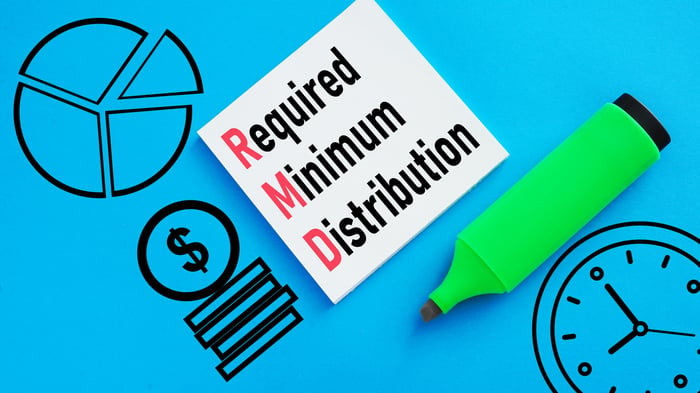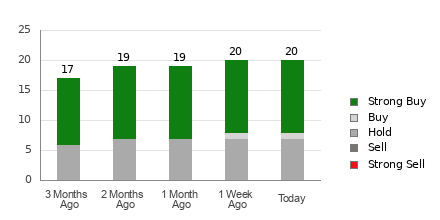Avoid Costly Mistakes with Required Minimum Distributions
Retirement accounts like 401(k)s and traditional IRAs offer tax advantages that can boost your investments today. However, there’s a catch: taxes are due when you start withdrawing funds. At age 73, you’ll need to follow the rules for required minimum distributions (RMDs), and neglecting these obligations can lead to significant penalties.
When it comes to RMDs, failing to withdraw the required amount on time can result in a hefty penalty—up to 25% of the missed distribution amount. It’s key to understand how to navigate these requirements effectively.
1. Don’t Miss the Deadline
It seems straightforward to withdraw your yearly required distribution by the deadline, but complexities can arise. Your first RMD must be completed by April 1 of the year following your 73rd birthday. This gives you additional time to prepare. However, remember that your second RMD is due by December 31 of the year you turn 74, which could mean taking two distributions in one year and potentially incurring a higher tax bill.
If you manually request your distribution, act early. Financial institutions often face a surge in requests towards the year-end, which can lead to processing delays. Should your brokerage fail to handle your withdrawal on time, you’re still responsible for the missed RMD.
If you do miss the deadline but then take the correct distribution within two years, the penalty decreases from 25% to 10%.
2. Be Careful with Your Withdrawals
While most brokerages will automatically calculate your RMDs, if you have multiple accounts, double-check your calculations. You might want to withdraw from only one or two accounts rather than each account separately. Make sure to factor in all your IRAs and 401(k)s, and use the correct balances—the balance at the close of the previous year—along with the right life expectancy factor, which changes as you age.
It’s necessary to understand that RMDs from different types of accounts must be treated separately. You cannot take funds from an IRA and count it towards your 401(k) RMD. However, if you have multiple IRAs, you can withdraw the total RMD from just one of them, simplifying your withdrawals.
3. Understand Inherited RMD Rules
For those who inherited an IRA after December 31, 2019, and the original owner was already taking RMDs, you’ll need to continue withdrawing annually until the account is empty. The IRS relaxed this rule temporarily from 2020 to 2024, but it will be enforced again in 2025. Certain beneficiaries, like spouses or minor children, may have different rules.
Inheritors generally must withdraw all funds within ten years. It might be wise to make distributions evenly across those years to minimize overall tax impact. Some choose to withdraw RMDs in the first nine years and take a lump sum in the tenth year.
In contrast, if you inherited an IRA on or before December 31, 2019, you must take RMDs even after the CARES Act waived them in 2020. If you still have an inherited IRA from that time, ensure you take an RMD by the end of 2024 if not previously dispensed.
Understanding RMD rules can help you avoid costly errors. If your situation is complicated, seeking expert advice may prove worthwhile to prevent unwanted tax penalties.
The $22,924 Social Security Bonus Many Retirees Miss
For many Americans, retirement savings often fall short. Fortunately, there are lesser-known “Social Security secrets” that can enhance your retirement income. For example, one straightforward method could provide you with an additional $22,924 yearly. Learning to maximize your Social Security benefits could offer the financial security you need in retirement. Click here for more strategies.
View the “Social Security secrets” »
The Motley Fool has a disclosure policy.
The views and opinions expressed herein are those of the author and do not necessarily reflect those of Nasdaq, Inc.






